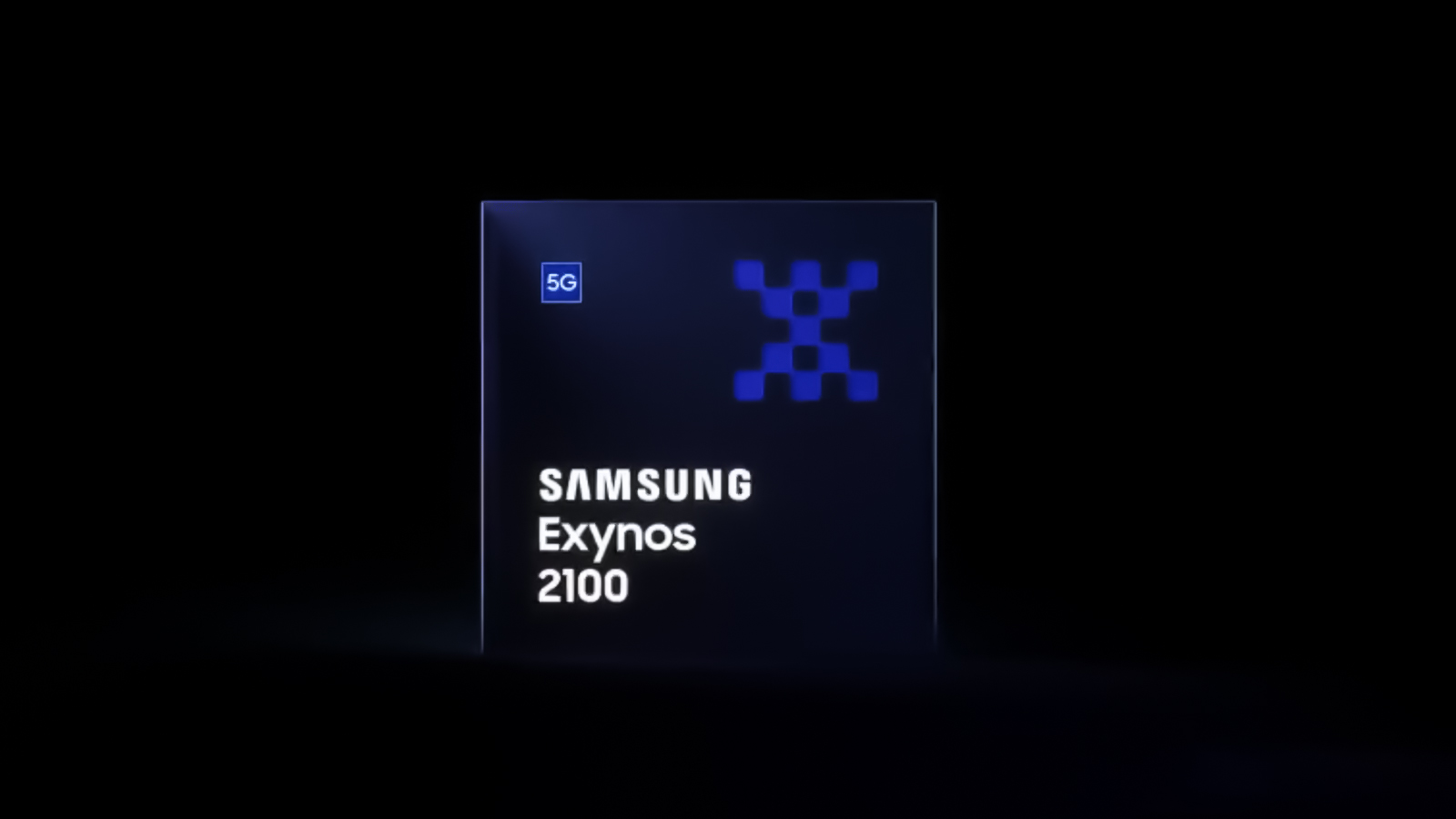There's no doubt that the Exynos 2100 represents a massive step in the right direction for Samsung's high-end SoCs. But are we expecting too much from the company's chipmaking efforts? We very well might be.
Mind you, the Exynos 2100 has been holding its own against the Snapdragon 888 much better than its predecessor fared against last year's flagship silicon from Qualcomm. And yet many will agree how that still wasn't enough.
Who does Samsung really need to impress?
All those Exynos 2100 vs Snapdragon 888 comparisons might have blinded us to the bigger picture, however. Because at the end of the day, only one of those chips had to be designed in a maximally competitive fashion. Hint: it's the one being pitched to every smartphone manufacturer under the sun, Samsung included.
Obviously, Samsung would love nothing better than to be able to license its chips to third-party manufacturers on a scale that Qualcomm does, year in, year out. Not to mention that its inability to compete with San Diego is largely a result of utterly unfair business practices on the part of its rival.
Be that as it may, the fact that it met its match in Qualcomm's patent-trolling army of attorneys still leaves Samsung in a pretty awkward position. On one hand, it has the engineering talent to go up against the undisputable industry leader. Plus, it's unmatched in terms of actual production capabilities. Keep in mind that Qualcomm doesn't really do foundries, at all. Instead, it largely relies on Samsung to get its designs to the market.
At the same time, Qualcomm's robust and entangled IP licensing structure keeps the Exynos family out of its way, for the most part. Samsung took half a decade to find the first buyer for its custom-made silicon willing to give it a go in the smartphone market. What followed was the 2014 Meizu MX4 Pro, the first non-Samsung handset to use an Exynos SoC – the Exynos 5430, to be more specific.
While the likes of Vivo and Xiaomi eventually started experimenting with Samsung's chips as well, the Exynos niche remains an utterly minuscule market segment, no matter how you see things. Meaning that the one and arguably only immediately relevant reason for Samsung to invest any effort into its next flagship silicon is making the international variants of heavy-hitters such as the Galaxy S21 a bit cheaper to manufacture and assemble. They don't need to better whatever Qualcomm puts out that year, they don't even have to be on the same level of performance within the same pricing tier, as last year's fiasco concerning the Exynos 990 demonstrated.
Some of us might have been annoyed by how close Samsung seems to have been to surpassing Qualcomm's chipmaking prowess with the Exynos 2100. Yet we should arguably only be annoyed at ourselves for being naive enough to think that Samsung would be going above and beyond what was necessary. Necessary for its Exynos 2100 flagships to evade significant scrutiny this time around, that is.
That isn't to say Qualcomm is destined to stay ahead of Samsung's tech indefinitely, especially if that AMD GPU works out well, but the Korean giant is certainly in no hurry to truly pressure it on the silicon innovation front. And that will remain true for as long as it's cheaper for Samsung to buy the most expensive Qualcomm SoC for its U.S. flagship needs over using its own hardware.






